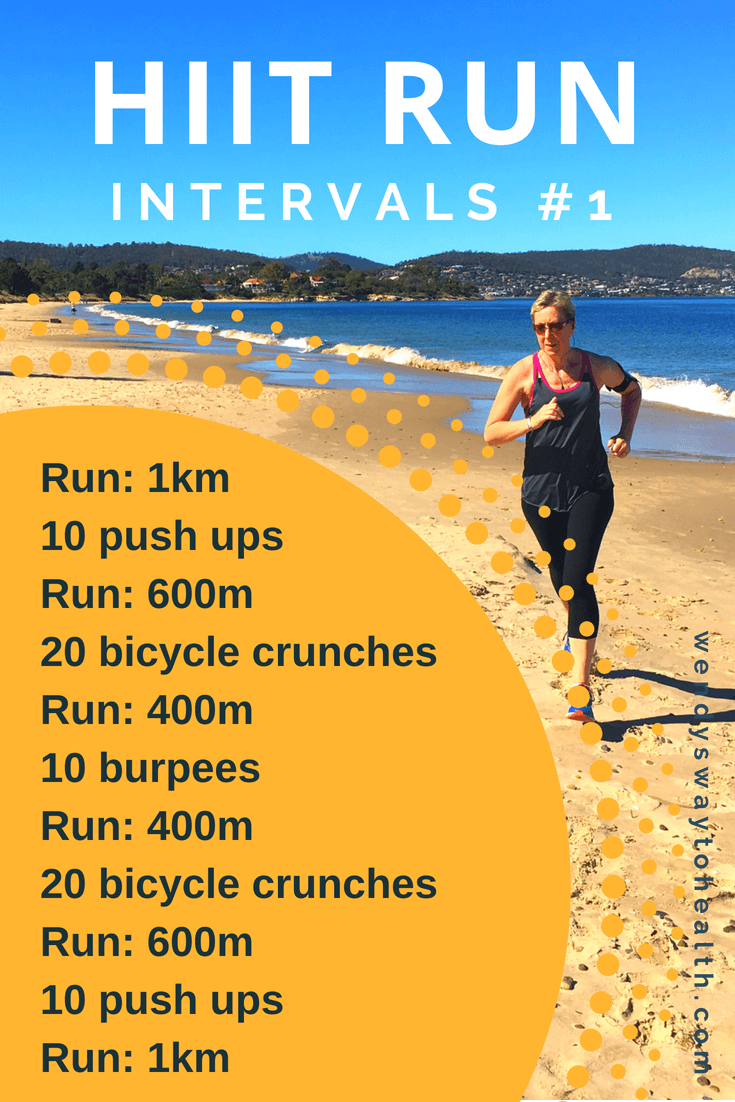Release Your Prospective: Running Strategy Basics for Peak Performance
Release Your Prospective: Running Strategy Basics for Peak Performance
Blog Article
Taking Care Of Common Running Discomforts: Causes, Solutions, and Avoidance
As joggers, we frequently experience different discomforts that can impede our efficiency and satisfaction of this physical task. By discovering the origin factors for these operating discomforts, we can reveal targeted solutions and precautionary actions to make certain a smoother and extra meeting running experience.
Usual Running Discomfort: Shin Splints
Shin splints, an usual running discomfort, typically result from overuse or improper shoes during physical activity. The recurring anxiety on the shinbone and the tissues affixing the muscle mass to the bone leads to inflammation and discomfort.
To stop shin splints, people ought to slowly increase the intensity of their exercises, put on suitable shoes with correct arch support, and preserve adaptability and strength in the muscle mass bordering the shin. If shin splints do take place, initial treatment entails remainder, ice, compression, and elevation (RICE) Furthermore, including low-impact activities like swimming or cycling can assist keep cardiovascular physical fitness while enabling the shins to recover. Consistent or serious cases might call for clinical assessment and physical therapy for reliable administration.
Typical Running Discomfort: IT Band Disorder
In enhancement to shin splints, another prevalent running pain that athletes usually experience is IT Band Syndrome, a condition brought on by swelling of the iliotibial band that leaves the outer upper leg and knee. IT Band Syndrome usually shows up as discomfort outside of the knee, specifically during activities like running or cycling. The iliotibial band is a thick band of fascia that connects the aware of the shin, and when it becomes inflamed or tight, it can scrub against the thigh bone, causing discomfort and discomfort.
Joggers experiencing IT Band Syndrome might see a painful or aching sensation on the external knee, which can worsen with continued task. Variables such as overuse, muscular tissue imbalances, incorrect running form, or poor warm-up can contribute to the growth of this problem.
Usual Running Pain: Plantar Fasciitis

Plantar Fasciitis can be credited to numerous factors such as overtraining, inappropriate shoes, operating on hard surfaces, or having high arches or flat feet. To avoid and relieve Plantar Fasciitis, joggers can include extending exercises for the calf bones and plantar fascia, wear supportive footwear, keep a healthy weight to decrease stress on the feet, and gradually increase running intensity to stay clear of unexpected stress and anxiety on the plantar fascia. If signs continue, it is advised to seek advice from a healthcare specialist for appropriate medical diagnosis and treatment choices to attend to the problem efficiently.
Usual Running Discomfort: Jogger's Knee
After resolving the challenges of Plantar Fasciitis, an additional widespread concern that runners often encounter is Runner's Knee, a typical running pain that can prevent athletic efficiency and create pain during exercise. Runner's Knee, likewise called patellofemoral pain disorder, materializes as discomfort around or behind the kneecap. This problem is commonly credited to overuse, muscle mass discrepancies, incorrect running methods, or issues with the placement of the kneecap. Joggers experiencing this discomfort may really feel a dull, hurting pain while running, increasing or down staircases, or after long term durations of resting. To stop Runner's Knee, it is important to integrate proper warm-up and cool-down regimens, keep solid and balanced leg muscles, use appropriate footwear, and slowly increase running strength. If signs and symptoms persist, looking for recommendations from a healthcare specialist or a sports medication professional is suggested to diagnose the underlying reason and develop a tailored therapy strategy to alleviate the discomfort and stop more complications.
Usual Running Discomfort: Achilles Tendonitis
Generally afflicting joggers, Achilles Tendonitis is an uncomfortable condition that influences the Achilles ligament, triggering pain and possible restrictions in exercise. The Achilles ligament is a thick band of tissue that attaches the calf bone muscle mass to the heel bone, important for activities like running, jumping, and strolling - see it here. Achilles Tendonitis frequently creates because of overuse, incorrect shoes, poor stretching, or sudden increases in exercise
Signs of Achilles Tendonitis consist of pain and rigidity along the tendon, particularly in the early morning or after durations of inactivity, swelling that intensifies with activity, and possibly bone stimulates in chronic cases. To stop Achilles Tendonitis, it is vital to stretch appropriately in the past and after running, put on appropriate footwear with correct support, slowly enhance the intensity of exercise, and cross-train to lower recurring anxiety on the tendon. Treatment might include rest, ice, compression, elevation (RICE protocol), check over here physical therapy, orthotics, and in severe instances, surgical procedure. Early intervention and proper care are essential for managing Achilles Tendonitis properly and avoiding long-term issues.
Final Thought

Report this page